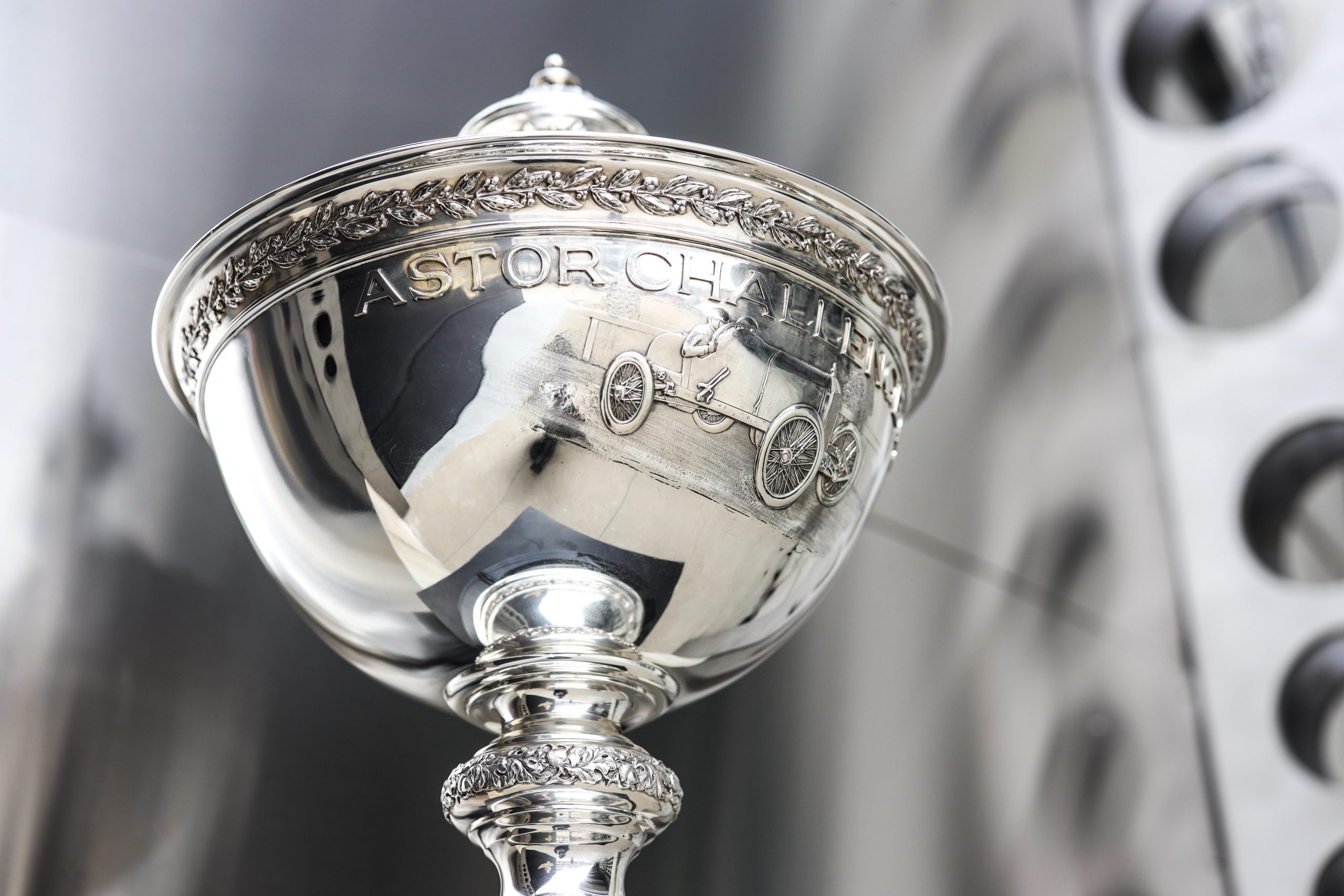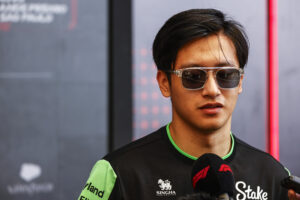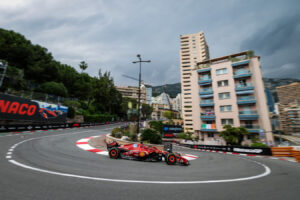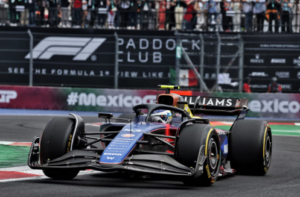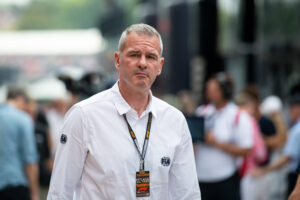What is the legacy behind the Astor Cup and what propelled it to become the most coveted league championship of open-wheel racing in the USA?
First, let’s set the picture for the introduction of the Astor Cup. The year was 1915. In the United States, Olive Kline and Reinald Werrenrath’s Hello Frisco! was the year’s number one song on United States radio airplay. The Boston Red Sox finished their Major League Baseball regular season with a record of 101 wins and 50 losses, en route to their fourth American League Pennant and their third World Series championship and the number one selling novelization was The Turmoil written by Indiana native Booth Tarkington.
Meanwhile, in a southern neighborhood of Brooklyn, New York, a group of Wall Street investors came together to purchase a thoroughbred horse racing facility on the site of the Coney Island Jokey Club. These investors, who would become known as the Sheepshead Bay Speedway Corporation, began negotiations with the board of directors of the Sheepshead Bay Race Track to purchase the property. After six months of negotiations, the investor’s purchased the facility for $2.5 million (a 2022 equivalence of $74 million). It officially paved the way for the investors to transform the facility into what they visioned as the future for the world of professional sports:
Auto Racing
These investors included their leader, an aviator and automobile racer from Cleveland, Ohio named Harry Harkness, and an entrepreneur from Greensburg, Indiana named Carl G. Fisher. Together they transformed the facility into a motordrome. A two-mile banked oval racetrack that would become known as the Sheepshead Bay Speedway. These investors were determined to showcase the event as a roaring success and ensure the attendance of New York City’s fashionable and elite. In doing so, they called upon a prominent member of a family who came to fame in the fields of business, society, and politics across the United Kingdom and the United States throughout the 19th and 20th centuries.
The Astor Family
The investors called upon William Vincent Astor to assist in making the event a success. A businessman and philanthropist, he was described by Astor family biographer Derek Wilson as, “…an Astor with a highly developed social conscience.” Astor personally donated a silver Challenger Cup designed to be presented to the event’s victor along with a winning purse of $10,000 (a 2022 equivalence of $293,342).
The Astor Cup christened
The very first Astor Cup Automobile Race commenced on Saturday, October 9th, 1915. Automobile racers from across the United States and Europe made their way to Sheepshead Bay to compete across the two-mile board over the course of 350 miles. In the end, it was Gil Andersen of Horten, Norway who piloted his Stutz to victory, completing the 175-lap distance in three hours, twenty-four minutes, and forty-two seconds and a winning speed of 102.59 miles-per-hour.
The second Astor Cup Automobile Race transpired on Saturday, September 30th, 1916. In front of an estimated crowd of 35,000, Johnny Aitken of Indianapolis, Indiana piloted his Peugeot to victory upon completion of 250 miles in two hours twenty-three minutes, and four seconds. Posting a winning speed of 104.484 miles per hour.
Though there were other automobile races run at Sheepshead Bay Speedway, such as the Harkness Trophy Race among others, the 1915 and 1916 editions of the Astor Cup Auto Race were the only two competitions for the trophy in its original form.
Following the death of Harry Harkness in January 1919, the Sheepshead Bay Speedway ran into financial difficulties. As a result, the board agreed to sell the facility, and the property was transformed into residential real estate development. No remnants of the original facility are known to have survived.
So, despite the trophy’s brief history, what became of the Astor Cup? The demise of Sheepshead Bay Speedway led to the Cup and its heritage circling back to Carl G. Fisher. Over the years, the Cup sat dormant as another of Fisher’s automobile racing endeavors. It would be nearly a century before it would take its place back on the national stage.
The Indianapolis Motor Speedway
Upon the reunification of American Open-Wheel Racing on Friday, February 22nd, 2008, Indianapolis Motor Speedway President and founder of Indy Racing League LLC, Tony George, was exploring the options of how to continually celebrate the traditions of American open-wheel racing. One of those options was the idea of a possible change in the series championship trophy.
The options were:
The Silver Cup
The overall series championship christened by the Indy Racing League presented to the series championship at the conclusion of each IRL season since 1996.
The Vanderbilt Cup
The first major trophy in the United States automobile racing. It was a trophy originally christened to be presented in an automobile race founded by William Kissam Vanderbilt II on Saturday, October 8th, 1904. The race was held on eighteen occasions over sixty-four years across the following United States cities:
- Long Island, New York
- Savannah, Georgia
- Milwaukee, Wisconsin
- Santa Monica, California
- San Fransisco, California
- Sag Harbor, New York
After 28 years in dormancy, the trophy was resurrected to be presented to the victor of the U.S. 500 Mile Race at the Michigan International Speedway, before becoming the overall series championship trophy for the Championship Automobile Racing Teams and its successor, the Open Wheel Racing Series.
The Astor Cup
Ultimately, it was decided that the silver cup would remain as the overall series championship. A position held for the next three IndyCar seasons. It was the closest resurrection the Astor Cup had seen up to that point.
That was until Wednesday, October 12, 2011, when then IndyCar Chief Executive Officer, Randy Bernard, announced that he would be resurrecting the Astor Cup to become the new series championship trophy for the league going forward. A position the Astor Cup holds to this day.
“It is a trophy that not only reminds (IndyCar racing) of (open-wheel racing’s) past, but links (IndyCar racing’s) future.”
Over the next eleven years, seven new automobile racing athletes representing six different countries and three different teams would go on to hoist the Astor Cup. It has not only proved Randy Bernard’s link toward the future to be accurate, it continued the prestigious tradition not merely of open-wheel racing, but the tradition of United States automobile racing as a whole.
The 2022 Astor Cup
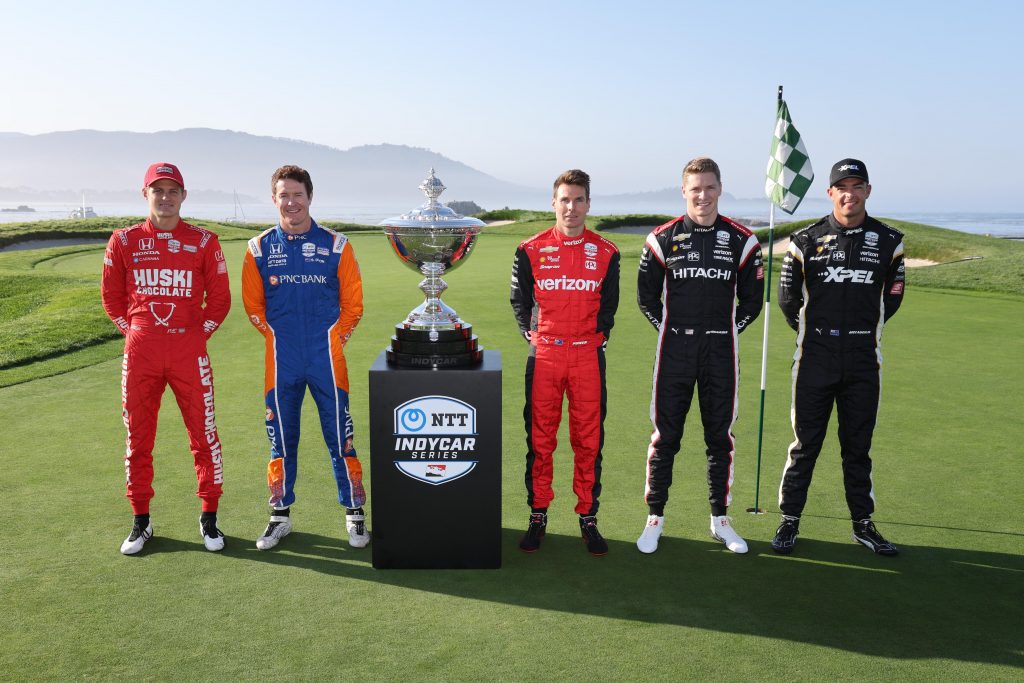
The tradition continues this Sunday. 2,993.2 miles to the west of its original hosting city, the Astor Cup is destined to be hoisted once more. Five individuals across different backgrounds find themselves competing not merely against themselves, but twenty other competitors out to capture victory in the Firestone Grand Prix of Monterrey.
For 95 laps and 212.61 miles, a 2.238-mile permanent road course will play host not merely to the final race of the NTT Data IndyCar Series, but the battle within the event will shine through as more important than the race itself.
Five individuals. Twenty percent of Sunday’s field will be seen as that primary focus. Those key drivers are:
- Will Power 523
- Josef Newgarden -20
- Scott Dixon -20
- Marcus Ericsson. -39
- Scott McLaughlin -41
An Australian, an American, a Swede, and two New Zealanders. Three Team Penske Chevrolets and two Chip Ganassi Racing Hondas. Five individuals out there to showcase that they are not merely the best automobile racing athlete, but that they have the best crew and the best team behind them. Why they are the very best of open-wheel racing that the United States has to offer.
It is almost picturesque. The perfect showcase. An almost descendant of Carl G. Fisher. One that echoed the original vision made by himself and a group of Wall Street investors. A competition for a silver Challenger Cup that came to fruition when the green flag fell on a New York afternoon so long ago.


